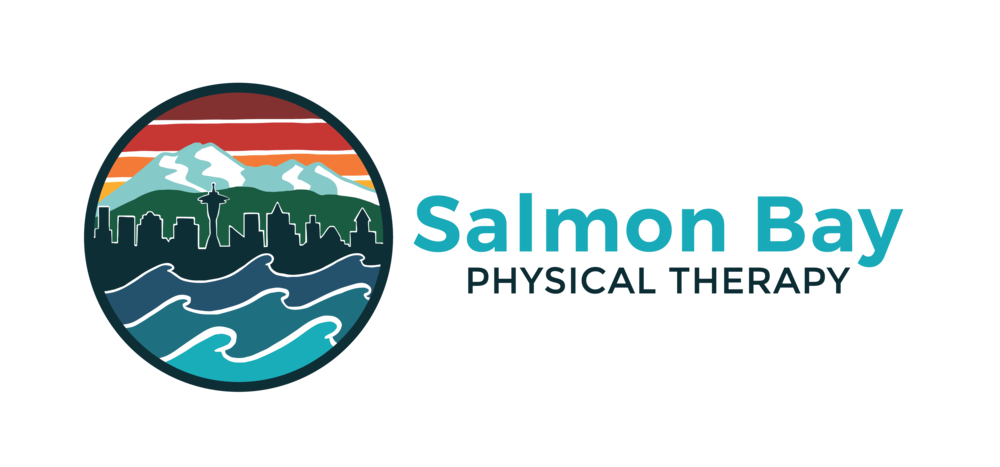Does your low back hurt at the end of your round? Does it hurt with every swing? Do you have low back issues that prevent you from playing at all? Over 80% of adults experience an episode of low back pain in their lifetime, with low back pain being a major cause of disability across the globe. The low back is the leading site of injury in golfers and could have any number of causes: irritated disks, facet joints, muscles, ligaments, etc. While there are many potential causes for low back pain, it is often helpful to look at the low back’s neighbors (the hips and thoracic spine) for mobility restrictions that might relate to the painful tissues in the low back.
HIPS
The hips are highly mobile joints and hip mobility is critically important for the golfer during both the backswing and follow through. For a right handed player, the right hip internally rotates on the backswing and externally rotates on the follow through. Conversely, the left hip externally rotates on the backswing and internally rotates on the follow through. For left handed players, it’s the reverse. For many individuals (especially those with aging hips), there is usually more of a limitation with internal rotation compared to external rotation. While there are some stance modifications that may help while playing golf, such as increasing the amount of “toe out” at address, a better approach may be to identify where you are stiff and improve your baseline mobility in order to improve not only your golf game, but potentially day-to-day activities as well.
THORACIC SPINE
The spine is divided into three sections: the cervical spine (neck), thoracic spine (mid-back), and lumbar spine (low back). There are some distinct anatomical differences in each section and the shape of the bones and their connections can affect how far they are able to move in a particular direction. The neck moves well in all directions. The thoracic spine is mobile with rotation, but not as mobile with side bending or backward bending. The lumbar spine is mobile with forward & backward bending, but less mobile with rotation. It’s more important that the lumbar spine provide a stable foundation around which to swing, than to provide the rotational motion itself.
Since rotation is such a critical component of the golf swing, it is important to maximize the available rotation from the hips and thoracic spine so that we don’t place too much rotational demand onto the lumbar spine. If the hips and thoracic spine won’t fully rotate, the body might make up for it at the lumbar spine, an area without much rotation to give. See the exercises below to work on improving your hip and thoracic mobility and hopefully your golf game at the same time.


